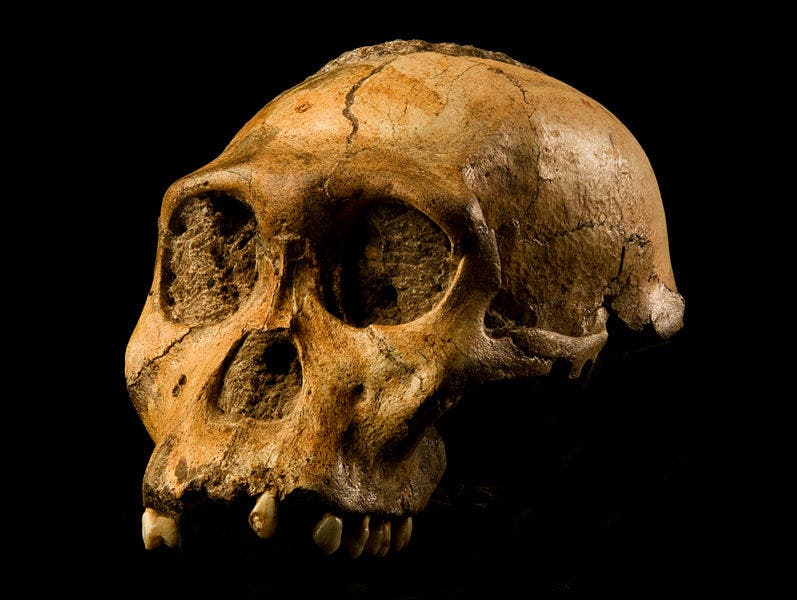A tantalizing set of fossils recently discovered and analyzed by researchers may be a decisive puzzle piece in our search for humanity’s ancestors.

Just because a creature exists doesn’t necessarily mean that we can find evidence for it. Fossilization requires very specific conditions to occur, and most often, all physical traces of organisms are wiped away by meteorological and geological processes. There are potentially several ancestors and relatives of Homo sapiens that we don’t know anything about because we haven’t found any fossil evidence of them. Finding fossils often requires a stroke of luck — and such a stroke of luck happened recently in South Africa, at the Malapa Fossil Site.
In March 2008, Lee Berger of the University of the Witwatersrand, South Africa, used Google Earth to identify almost 500 previously unknown caves, all of which could potentially host hominin fossils. By August, he had discovered a rich fossil site that was unknown to science — but the stroke of luck came one month later, when Berger, accompanied by his faithful dog (who was also useful at finding fossil bones), brought his nine-year-old son as he was inspecting one of the sites. As the boy and the dog were running around, they came across the first remains of early human ancestors: an excellently preserved clavicula (collar bone).
A few days later, Berger returned to that site with his colleagues and found even more bones belonging to the same species: Australopithecus sediba. Now, in a new report analyzing 9 different papers on A. sediba fossils, researchers propose that this species is the much-sought “missing link” in human evolution.
“This larger picture sheds light on the lifeways of A. sediba and also on a major transition in hominin evolution,” said lead researcher Scott Williams of New York University.
The gap which needs to be filled lies between “Lucy”, an incomplete female skeleton dating from 3 million years ago, and the “handy man” Homo habilis, who was using tools some 2 million years ago. Essentially, between these two eras, there was a transition that ultimately led to the emergence of modern humans — this gap might be filled by A. sediba.
Recent analyses have suggested that this species is related to Homo — while that connection is still debated, researchers hope that the new papers based on the Malapa site could be that link.
“We look forward to continued scholarship addressing the phylogenetic position of Au. sediba, and we anticipate that the papers presented in this volume will contribute materially to this discussion, they write.”
They also emphasize that a bit of luck involved in finding the fossils, so presumably, there is still much more evidence just waiting to be found in the area.
“The fortuitous discovery of the Malapa fossils and other similarly fortuitous recent finds should be reminders to us all that there is still so much to discover about our evolutionary past,” the paper concludes
Read the full report issue here.


